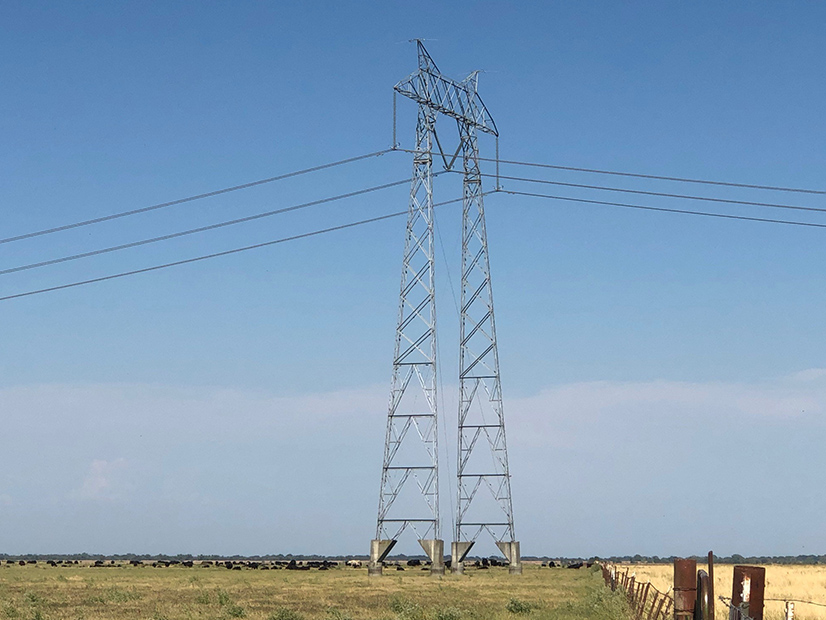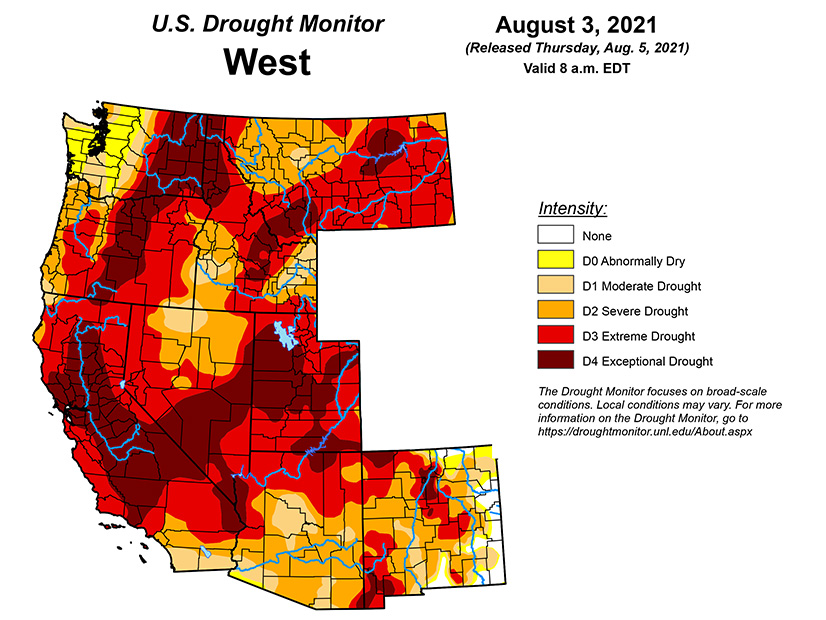
CAISO avoided blackouts in July despite dwindling hydropower and severe transmission problems while experiencing a surge in storage capacity meant to serve evening peak demand, the ISO said in the second of its new monthly summer market performance reports.
The July report, discussed in a stakeholder call Tuesday, showed a sizable increase in battery storage compared with data from June.
The maximum state of charge on batteries connected to the CAISO grid increased from 3,000 MWh in June to 5,500 MWh in July because of additional storage on the system, the ISO said. July’s total of 30 storage resources, mainly four-hour batteries, ranged in output from 4.4 to 920 MWh.
The maximum dispatch of those resources nearly doubled, going from 600 MW in June to 1,150 MW in July. Batteries tended to charge early in the day when solar was plentiful and discharge mainly between 7 p.m. and 9 p.m. to meet high evening demand during heat waves, a critical time for CAISO.
“We have seen through the summer the explosive addition of capacity coming from storage resources.” Guillermo Bautista Alderete, CAISO’s director of market analysis and forecasting, said on the stakeholder call. “Having that additional capacity is certainly good for meeting our expected demand.”
On the downside, hydroelectric generation — typically a major in-state resource during the summer — was far below average for July because of an extended Western drought. (See Western ‘Megadrought’ Curtails Hydropower and Western Drought Puts Hoover Dam Hydropower at Risk.)

Storage in California’s big reservoirs, such as Shasta Lake, dropped to 58% of average in July and generation capacity fell to 39% of average. Hydropower production was nearly 40% less than last July and 65% below the same month in 2019.
The shortfall can be attributed to the low amount of rain and snow that fell last winter, little of which made it into reservoirs, the U.S. Energy Information Administration reported in June.
Mountain snowpack was present at only 3 of 131 monitoring stations on June 1, the EIA said. Snowpack usually provides water through summer as it melts, but high spring temperatures caused it to melt early, and the runoff “often didn’t reach reservoirs … because it was absorbed by drought-parched soil and streams,” it said.
CAISO’s biggest crisis so far this summer happened on July 9, when the Bootleg Fire in southern Oregon burned under and around the Pacific AC Intertie (PACI), severely derating it. The PACI consists of three parallel 500-kV lines that deliver power from Columbia River hydroelectric dams to Northern California. (See CAISO Declares Emergency as Fire Derates Major Tx Lines.)
The Bonneville Power Administration derated the Oregon portion of the PACI from 4,450 to 428 MW by 7 p.m. on July 9. Around the same time, the southbound segment of the Pacific DC Intertie , which sends power from the Columbia River Basin to Southern California through Nevada, was derated to less than half its 3,100-MW capacity.
Amid high temperatures, CAISO’s balancing authority area declared a Stage 2 energy emergency, “arming load and releasing operating reserves to meet energy needs,” the July market performance report said.
The shortage of imported energy from the Northwest continued for days as the fire burned.
CAISO managed to get by without calling for rotating outages — as it was forced to under similar conditions on Aug. 14-15, 2020 — by issuing grid warnings, calling on demand response from industrial users and issuing flex alerts urging consumer conservation. Gov. Gavin Newsom declared an emergency, freeing up additional capacity.
“These challenging conditions were managed without the need to conduct rotating outages,” the ISO’s July report said.

